People
People List
-
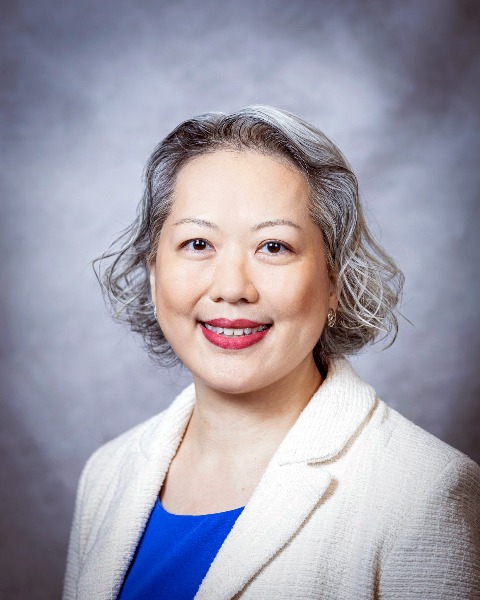 Wan-Tsu W. Chang, MD
Wan-Tsu W. Chang, MDUniversity of Maryland
Dr. Chang is the Chair of Critical Care and Director of Neurocritical Care at University of Maryland Capital Region Health. She is an Associate Professor of Emergency Medicine, Neurology, and Program in Trauma at the University of Maryland. Her professional focus is on enhancing access and care of neurologic emergencies.
-
Jennifer Melgar, MD
Jacobi Medical Center
Jennifer Melgar is currently a Simulation Fellow and Emergency Medicine Physician at Jacobi Medical Center/North Central Bronx. She graduated from the University of Cincinnati College of Medicine, and completed residency at Northwell Health (North shore/Long Island Jewish) Hospitals. Her professional interests include resident education and simulation. In her free time she enjoys hiking, traveling to new countries and national parks, beach days, and walking dogs.
-
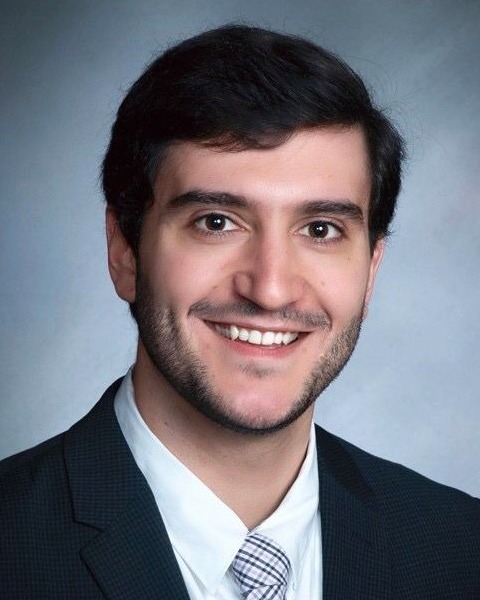 Thomas J. Kardashian-Sieger, MD
Thomas J. Kardashian-Sieger, MDJacobi Medical Center
Thomas Kardashian-Sieger is a Simulation Fellow and Attending Physician in the Emergency Department at Jacobi Medical Center and North Central Bronx Hospital. He graduated from Rutgers New Jersey Medical School in 2021, and completed residency in Emergency Medicine at Maimonides Medical Center in 2024. His professional interests within simulation include Rapid Cycle Deliberate Practice and the use of VR and other electronic learning media in medical education. Outside of medicine he enjoys playing the piano, arranging/composing music, playing video games, and foreign languages.
-
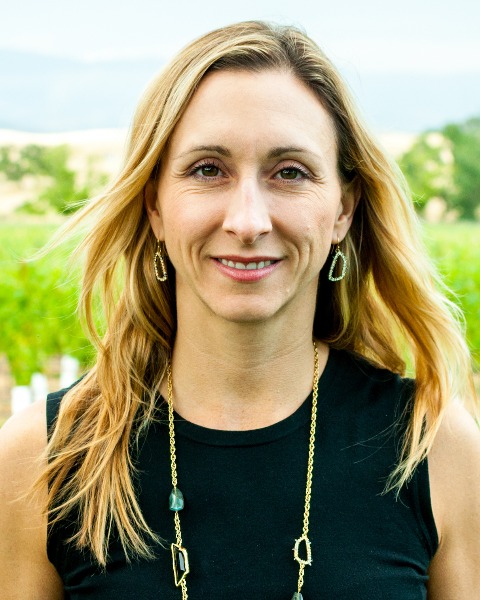 Nichole Bosson, MD, MPH, NRP
Nichole Bosson, MD, MPH, NRPLA County EMS Agency
Nichole Bosson MD, MPH, NRP, FAEMS is the Medical Director for the Los Angeles County EMS Agency. She is an Associate Professor of Clinical Emergency Medicine at the David Geffen School of Medicine at UCLA and faculty and EMS fellowship director in the Department of Emergency Medicine at Harbor-UCLA. She is board certified in EMS Medicine and is actively involved in EMS research, education, and policy development. Her research is focused on regional systems of care for time-critical emergencies. She regularly instructs at the J. Michael Criley Paramedic Training Institute. Dr. Bosson is also a certified Urban Search and Rescue (USAR) Medical Team Manager. She deployed with CA-TF2/USA2 to the Nepal, Mexico City and Turkey earthquakes.
-
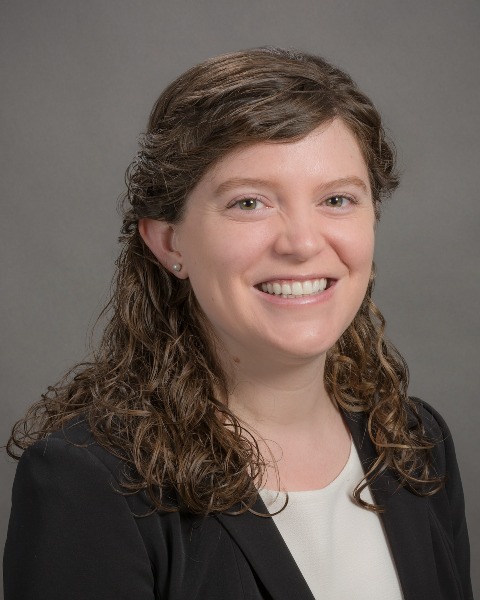 Anna Condella, MD
Anna Condella, MDUniversity of Washington
Anna Condella, MD is an emergency medicine physician and intensivist at the University of Washington and a current research fellow in the Cambia Palliative Care Center of Excellence. Dr. Condella’s research interests are in extracorporeal membrane oxygenation (ECMO), critical care resource allocation and health equity. Her recent work has included the publication of a novel framework for examining equity in the use of ECMO and reviewing implementation of extracorporeal resuscitation (ECPR) programs. Her current projects focus on patient factors vulnerable to bias and multidisciplinary clinician experiences in patient selection for ECMO.
-
Julian Curiel, MD
Children's Hospital of Philadelphia
Julian Curiel is a first year pediatric emergency medicine fellow. He is interested in studying readiness of both pediatric residents and emergency medicine residents when entering the pediatric emergency medicine department. He completed his undergraduate at the University of North Carolina in Chapel Hill and medical school at Wake Forest University School of Medicine. He completed his residency of the University of Pittsburgh Medical Center.
-
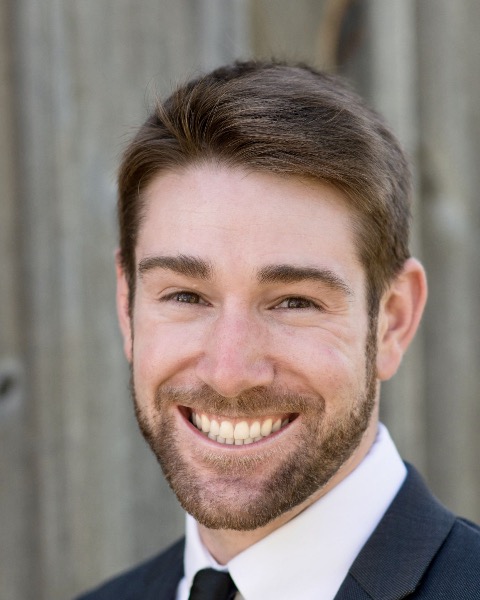 Ryan J. Buckley, MD
Ryan J. Buckley, MDYale School of Medicine
Dr. Ryan JJ Buckley, MD, MPH, is an Instructor of Emergency Medicine and Medicine in the Section of Pulmonary, Critical Care, & Sleep Medicine at the Yale School of Medicine. He works clinically in the Emergency Department and Medical Intensive Care Unit at Yale New Haven Hospital. His research aims to improve the care of critically ill patients, and he is uniquely interested in complex substance use disorders during critical illness, focusing on the use of medications for opioid use disorder and complex withdrawal syndromes. He is currently a National Institute on Drug Abuse (NIDA) K12-sponsored Yale-Drug use, Addiction, and HIV prevention Research (DAHRS) Scholar.
-
Ellen Szydlowski, MD
Children's Hospital of Philadelphia
Ellen Szydlowski is an Associate Professor of Clinical Pediatrics at the Perlman School of Medicine at the University of Pennsylvania and is an attending physician in the pediatric emergency department at the Children's Hospital of Philadelphia. She is the Director of Procedural Education for the Division of Emergency Medicine and organizes multiple workshops throughout the year educating medical students, residents, fellows and attendings. Dr. Szydlowski received her medical degree from Jefferson Medical College, combined Internal Medicine-Pediatric residency at the University of Rochester and Pediatric Emergency Medicine fellowship at the University of Pittsburgh.
-
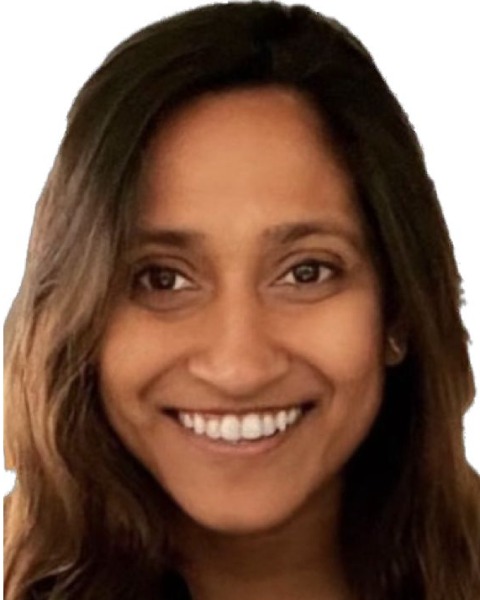 Kriti Gupta, MD
Kriti Gupta, MDChildren's Hospital of Philadelphia
Kriti Gupta is a simulation fellow and pediatric emergency medicine attending physician at the Children's Hospital of Philadelphia. She completed her medical training in New york City, attending New York Medical College for school followed by a pediatric residency at Cohen Children's Medical Center. She then pursued a pediatric emergency medicine fellowship at NewYork-Prebsbyterian Brooklyn Methodist Hospital. Her academic interests include applications of simulation in caregiver education, global health, and advancing technology.
-
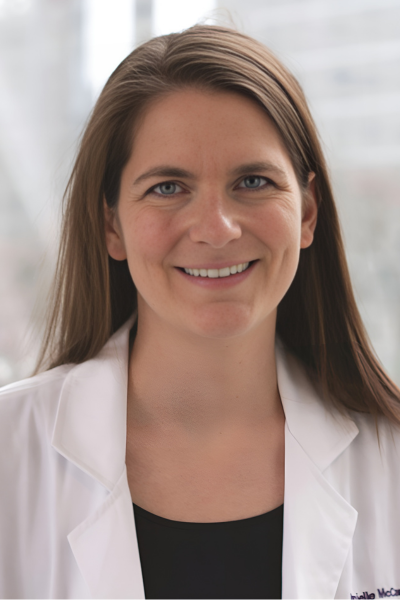 Danielle M. McCarthy, MD, MS
Danielle M. McCarthy, MD, MSNorthwestern University
Danielle McCarthy is an Associate Professor and the Vice Chair of Research in the Department of Emergency Medicine at Northwestern University Feinberg School of Medicine. She completed her undergraduate studies at Harvard University followed by medical school at Northwestern University. After finishing residency training at Northwestern in 2010, she completed a National Service Research Award T32 fellowship and earned a Masters degree in Health Services and Outcomes Research. Since completing her training in 2012, she has been funded continuously as PI, Site-PI or Co-I on multiple grants from a range of funding agencies, including the NIH, AHRQ, the FDA and the Emergency Medicine Foundation. She is the current PI of an AHRQ R01 as well as an AHRQ R18.
Dr. McCarthy has content area expertise is in doctor-patient communication in the emergency department, risk communication, and diagnostic uncertainty, as well as methodologic expertise in clinical trials design and qualitative methods. -
Sally A. Santen, MD, PhD
University of Cincinnati
Dr Santen is an education researcher and professor of Emergency Medicine, University of Cincinnati.
-
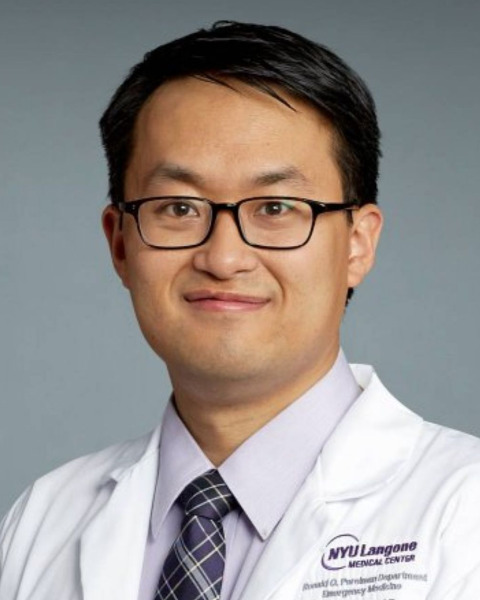 David C. Lee, MD, MS
David C. Lee, MD, MSNYU School of Medicine
My research uses big data, in the form of large administrative claims databases, and geospatial analysis to analyze patterns of health care use in millions of emergency department users. I have previously studied hospital closures to predict how they affect hospital-based care. I have also analyzed how natural disasters affect health care delivery and use of emergency care services. My current research pursuits include studying diabetes among urban minorities and also rural communities. In studies funded by the National Institutes of Health, I will be identifying how the food environment, diet quality, and dietary chemical exposures increase the risk of diabetes among rural communities and how to connect urban emergency department patients with newly diagnosed diabetes to outpatient follow-up care. By using geospatial analysis and data on the one in five Americans who visits an emergency department each year, I am working to develop new approaches of measuring health at a local geographic level to understand how to better serve the communities around us. I look forward to the day when the combination of big data and geographic analysis transforms our health care system into one that does more than just provide health care but delivers better health for the population as a whole.
-
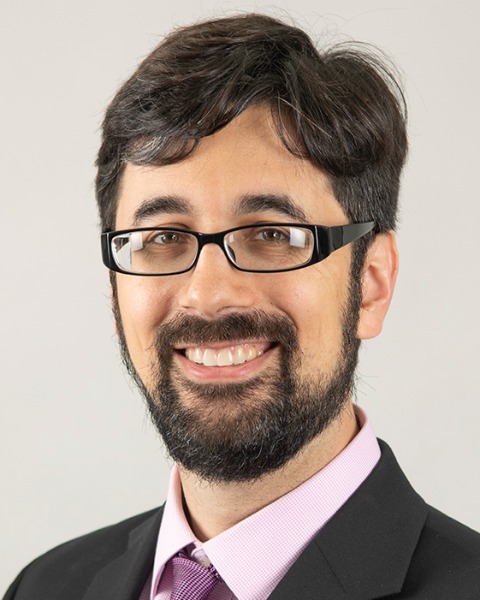 Nicholas Genes, MD, PhD
Nicholas Genes, MD, PhDNew York University
Dr. Nicholas Genes is a Clinical Associate Professor of Emergency Medicine at NYU Grossman School of Medicine, where he also directs the Clinical Informatics Fellowship.
He serves as Director of EM Informatics for the NYU Langone Health System Emergency Department, and within ACEP, he is now Vice Chair of ACEP’s AI Task Force, having previously chaired ACEP’s Health IT Committee and Section for Medical Informatics.
He has a Bachelor’s in Biomedical Engineering from Brown University, pursued his MD and PhD at the University of Massachusetts, and trained in Emergency Medicine at Mount Sinai. -
Alexandra Reens, MD, FACEP
NYU Langone Hospital - Long Island
Alexandra Reens is an EM/PEM physician who also proudly serves as the director of Pediatric Emergency Medicine at NYU Langone Hospital - Long Island in Mineola, NY. She went to medical school at SUNY Stony Brook and did residency training at North Shore University Hospital in Manhasset and fellowship at Cohen Children's Medical Center in Queens. She is a core faculty member for the Emergency Medicine residency at NYU Grossman Long Island School of Medicine. She serves in both the emergency department-wide and the hospital-wide wellness committees.
-
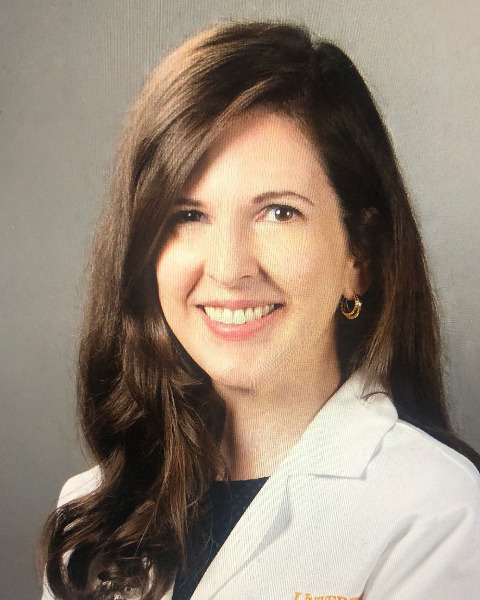 Moira E. Smith, MD, MPH
Moira E. Smith, MD, MPHUniversity of Virginia
Moira Smith, MD, MPH, is an Assistant Professor in the Department of Emergency Medicine, Director of Digital Clinical Workflows, and Assistant Emergency Medicine Informatics Director at the University of Virginia. She completed her emergency medicine residency and clinical informatics fellowship at the University of Virginia. Her work focuses on data analytics and reporting, quality improvement, electronic health record usability and workflow optimization, and clinical decision support. She is the current Chair Elect of the SAEM Informatics, Data Science, and Artificial Intelligence Interest Group.
-
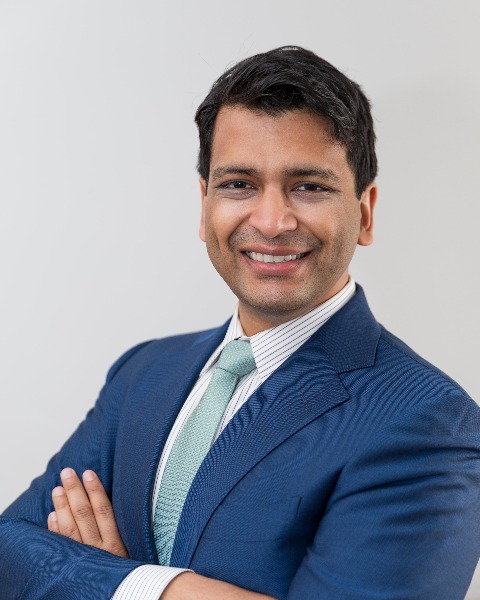 Yash Chavda, DO, MBA, FPD-AEMUS
Yash Chavda, DO, MBA, FPD-AEMUSNYU Langone Hospital-Long Island
Dr. Chavda is the Director of Emergency Ultrasound at NYU Langone Hospital - Long Island. He completed his residency and chief residency at St. Barnabas Hospital. He did an academic Fellowship with All NYC EM. Dr. Chavda completed his ultrasound fellowship at North Shore University Hospital. He has presented on various topics at the local, regional, and national level.
-
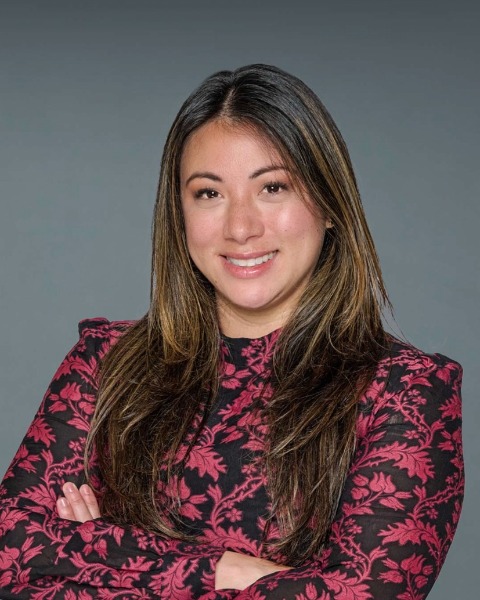 Diana Savitzky, MD
Diana Savitzky, MDNYU Langone Health
Diana is a core faculty physician in Pediatric Emergency Medicine, and an assistant clinical professor at NYU Grossman Long Island School of Medicine. She completed her Pediatrics residency at UCLA and Pediatric Emergency Medicine fellowship at Cohen Children’s Hospital at Northwell. In addition, she is the current chair of the ACEP Wellness Section (2024-2025), and has presented regional and nationally on the topic of physician wellness. She co-founded and currently co-chairs the Hospital-Wide Committee for Professional Health and Well-Being at the NYU Grossman Long Island School of Medicine and serves on the Executive Committee to consult with the Dean. Within the Emergency Department she serves as the Director of Wellness for Faculty and GME. She is a wife and mom of 2 young girls, 3 and 5 years old. When Dr. Savitzky isn’t working or solving world peace, she likes to treat travel and taking vacation like a contact sport and loves to chase sunsets.
-
Andrew Stromberg, MD
Stanford University
Second year administration fellow at Stanford University with interests in clinical operations and quality improvement.
-
Daniel Miller, MD, CHSE
University of Iowa
Daniel Miller is a Clinical Professor of Emergency and Internal Medicine at the University of Iowa. He practices both Emergency Medicine and Palliative Care. He also holds positions as Simulation Director and Director of Faculty Affairs and Development.
Dr. Miller graduated from the University of Wisconsin-Madison with a degree in Chemistry. He earned his doctorate at the University of Illinois-Chicago and then completed Emergency Medicine training at Advocate Christ Hospital in Chicagoland, where he was selected as a Chief Resident. After serving as Director of Simulation at the University of New Mexico he moved to Iowa where he has served as Director of Simulation at the University of Iowa since 2011. In 2019 Dr. Miller pursued fellowship training in Hospice and Palliative Medicine, in the practice of which he has found many opportunities to apply the lessons and techniques of debriefing to patient care. -
Debayan Guha, MD
Jacobi Medical Center
Debayan Guha is a simulation-trained, Emergency Medicine faculty at Jacobi Medical Center, and Clinical Instructor at Albert Einstein College of Medicine. His interests include global health, distance simulation, graduate and undergraduate medical education.
People List - Grid
-
 Wan-Tsu W. Chang, MD
Wan-Tsu W. Chang, MDUniversity of Maryland
-
Jennifer Melgar, MD
Jacobi Medical Center
-
 Thomas J. Kardashian-Sieger, MD
Thomas J. Kardashian-Sieger, MDJacobi Medical Center
-
 Nichole Bosson, MD, MPH, NRP
Nichole Bosson, MD, MPH, NRPLA County EMS Agency
-
 Anna Condella, MD
Anna Condella, MDUniversity of Washington
-
Julian Curiel, MD
Children's Hospital of Philadelphia
-
 Ryan J. Buckley, MD
Ryan J. Buckley, MDYale School of Medicine
-
Ellen Szydlowski, MD
Children's Hospital of Philadelphia
-
 Kriti Gupta, MD
Kriti Gupta, MDChildren's Hospital of Philadelphia
-
 Danielle M. McCarthy, MD, MS
Danielle M. McCarthy, MD, MSNorthwestern University
-
Sally A. Santen, MD, PhD
University of Cincinnati
-
 David C. Lee, MD, MS
David C. Lee, MD, MSNYU School of Medicine
-
 Nicholas Genes, MD, PhD
Nicholas Genes, MD, PhDNew York University
-
Alexandra Reens, MD, FACEP
NYU Langone Hospital - Long Island
-
 Moira E. Smith, MD, MPH
Moira E. Smith, MD, MPHUniversity of Virginia
-
 Yash Chavda, DO, MBA, FPD-AEMUS
Yash Chavda, DO, MBA, FPD-AEMUSNYU Langone Hospital-Long Island
-
 Diana Savitzky, MD
Diana Savitzky, MDNYU Langone Health
-
Andrew Stromberg, MD
Stanford University
-
Daniel Miller, MD, CHSE
University of Iowa
-
Debayan Guha, MD
Jacobi Medical Center
